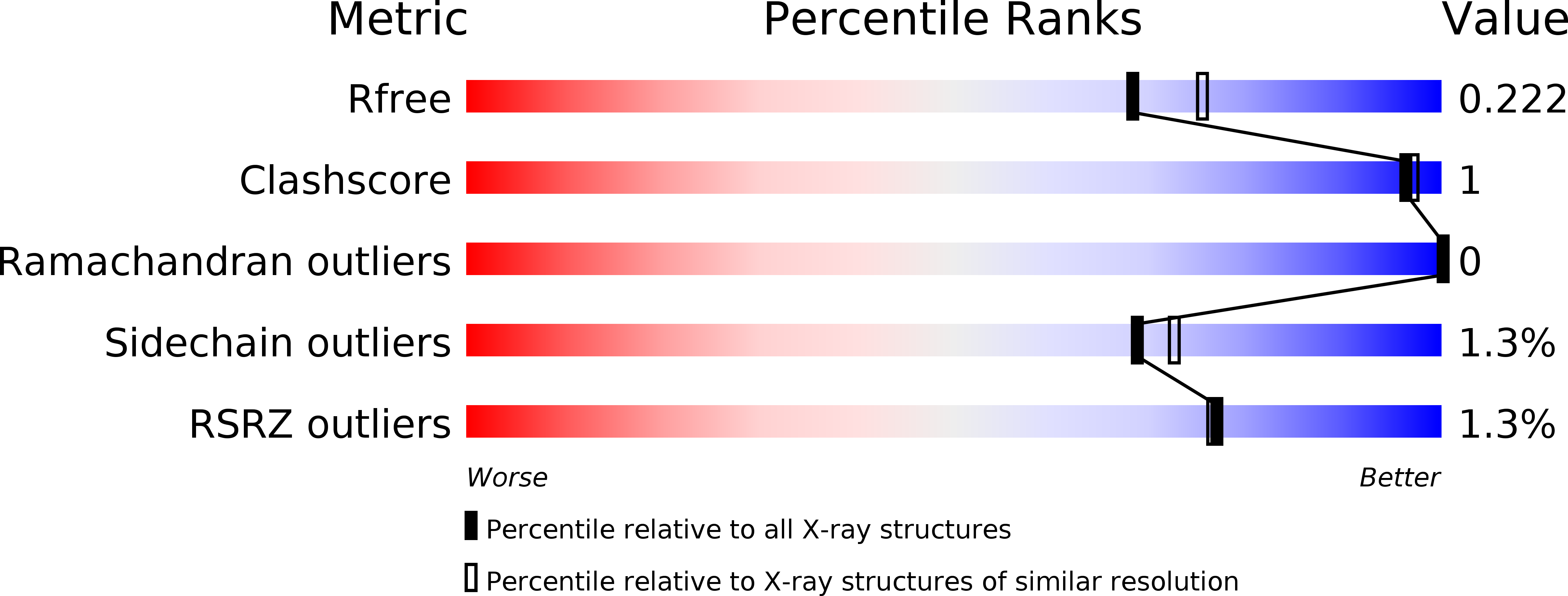
Deposition Date
2017-03-13
Release Date
2018-01-10
Last Version Date
2023-10-04
Entry Detail
PDB ID:
5V59
Keywords:
Title:
Crystal structure of catalytic fragment of human AlaRS in complex with Aze-SA
Biological Source:
Source Organism:
Homo sapiens (Taxon ID: 9606)
Host Organism:
Method Details:
Experimental Method:
Resolution:
2.03 Å
R-Value Free:
0.21
R-Value Work:
0.17
R-Value Observed:
0.18
Space Group:
C 1 2 1


